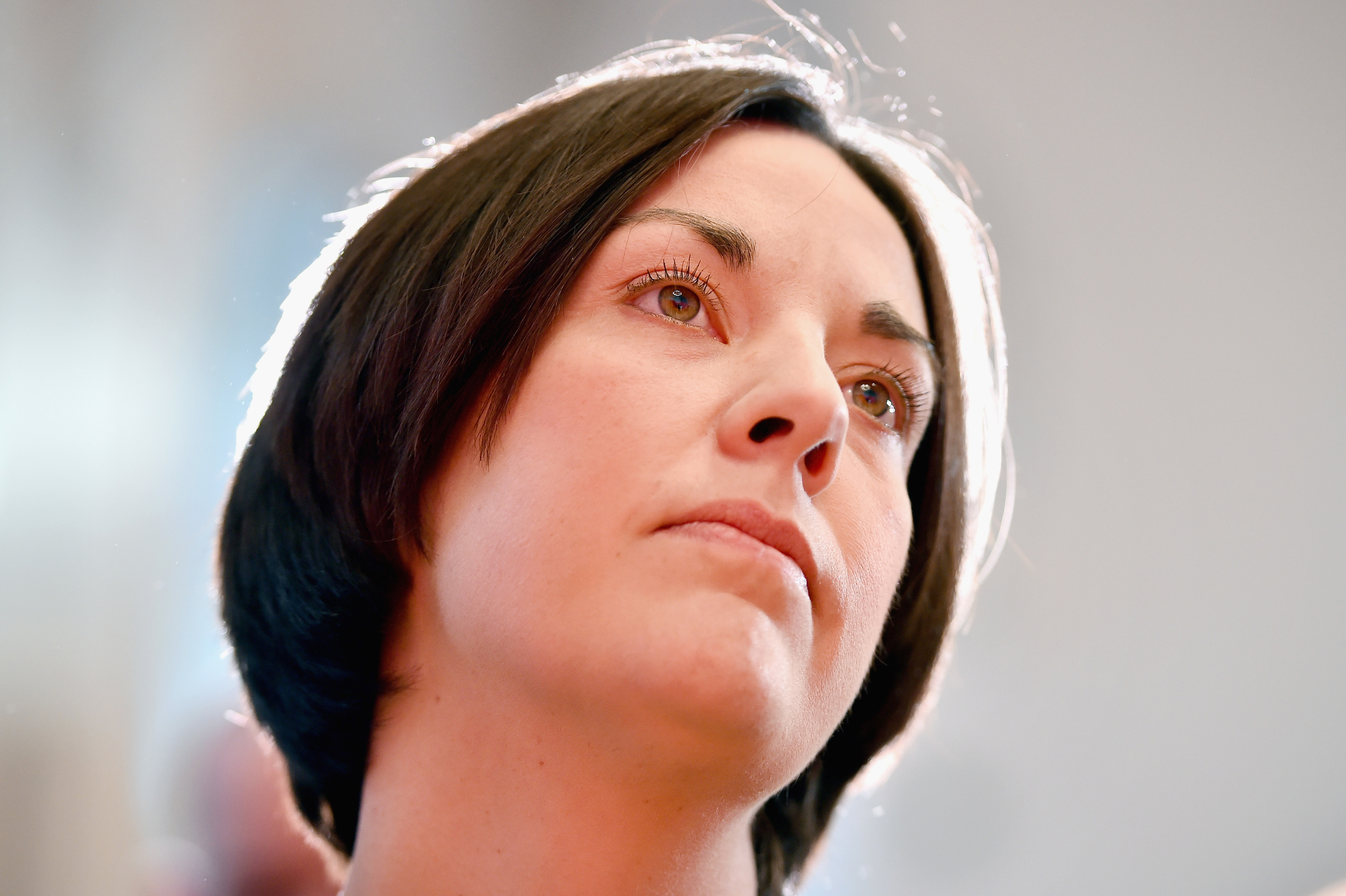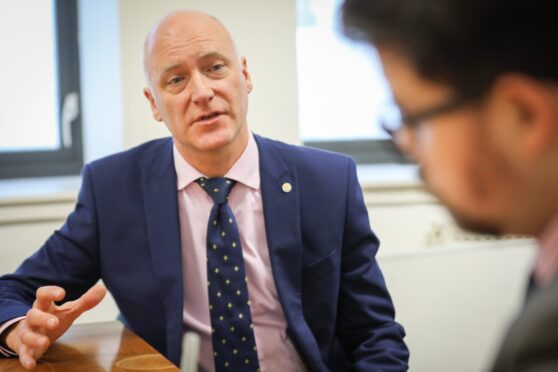Satisfaction with Kezia Dugdale’s performance as Scottish Labour leader has plummeted as voters rank the Tories’ leadership and policies higher, according to a new poll.
On the day Labour launched its Holyrood manifesto, the research revealed Ms Dugdale’s performance rating has dropped 16 percentage points since February and put Labour and the Conservatives neck and neck in the race for second place on May 5.
The Ipsos Mori Scotland poll for STV gives Ms Dugdale a net satisfaction rating – representing the proportion satisfied with the way she is doing her job minus the proportion dissatisfied – of -11%, down from +5% in February.
In contrast, Scottish Conservative leader Ruth Davidson has a net satisfaction rating of +15%, up seven points, while Scottish Liberal Democrat leader Willie Rennie and Greens co-convener Patrick Harvie are also up by four points to 0% and +23% respectively.
Satisfaction with First Minister and SNP leader Nicola Sturgeon’s performance has dropped slightly (-3%) but remains high at +36%.
More voters agree they know what the Tories stand for when compared to Labour, with net agreement scores of +37% and +7% respectively, compared to +66% for the SNP.
When asked which party has the best policies for the country as a whole, respondents ranked the SNP first on 46% followed by the Conservatives on 17% and Labour on 13%.
This is despite three-quarters of voters (75%) backing Labour’s policy to increase the top rate of income tax from 45p to 50p in the pound and 52% supporting its plan to increase the basic rate by 1p.
However, almost two-thirds (64%) also support the Conservative policy of keeping income-tax rates in Scotland the same as they are in the rest of the UK.
While the SNP retained a strong lead across all questions, Ms Davidson’s party was thought to be better at looking after the interests of voters than Ms Dugdale’s, at 18% and 16% respectively.
The Tories also ranked higher than Labour when voters were asked which party had the best team of leaders (15% compared to 10%) and which was the most clear and united on policy (13% compared to 7%).
A clear majority (53%) thought the SNP best understood the problems facing Scotland while Labour and the Conservatives were tied on 11%.
The nationalists remain well ahead in both sections of the Holyrood vote, with constituency support at 52% and regional backing at 46%.
Among those who gave a voting intention, 20% plan to vote for Labour in the constituency ballot while the Tories are on 17%, with the two parties tied on 18% in the regional list vote.
The Scottish Liberal Democrats are sitting on 5% in the constituency vote and 6% in the regional ballot, where they are behind the Greens on 9%. Support for Ukip stands at 1% in the regions.
The strong support for the SNP is despite less than half (49%) believing the Scottish Government has done a good job of handling public spending and improving living standards since 2011.
Respondents were also asked about the upcoming referendum on EU membership, with 60% backing a vote to remain, 26% favouring leave and 13% still undecided.
Ipsos Mori Scotland surveyed 1,015 adults aged 16 or older between April 18 and 25.










